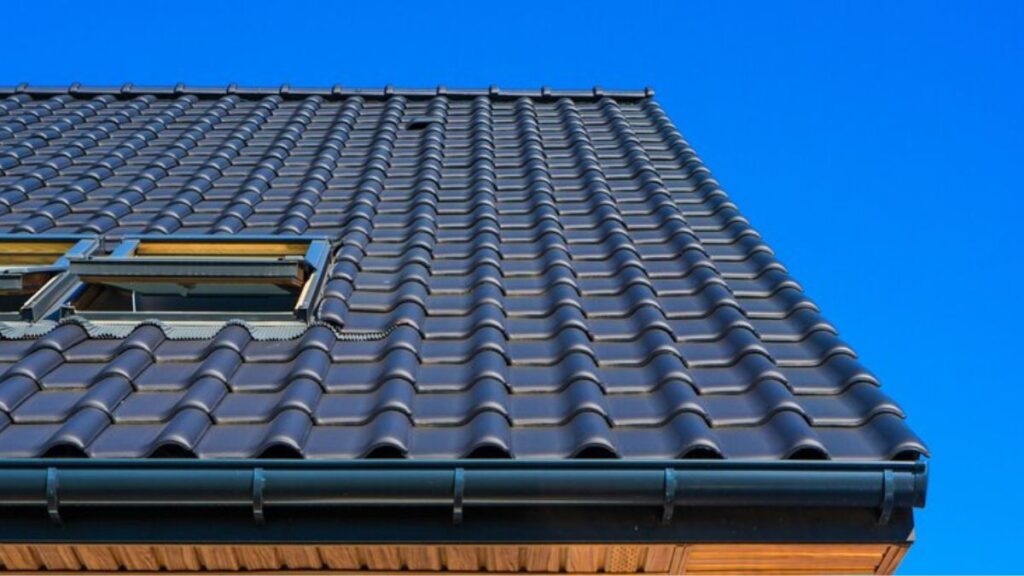A sturdy roof is fundamental to a safe and comfortable home, but it doesn’t last forever. Knowing when to replace your roof is essential to avoid costly damage that could impact your home’s structural integrity. Though repairs are often sufficient for minor issues, there are times when a replacement is inevitable. This post will walk you through the top signs that indicate it may be time to replace your roof, helping you to make an informed decision for your home’s well-being.
Shingle Damage and Loss
One of the most visible signs that it’s time to replace your roof is damaged or missing shingles. Over time, shingles can become loose, curled, or cracked due to prolonged exposure to weather elements such as sun, rain, and wind. If you notice that your shingles are deteriorating, it may be time to consider a roof replacement. Extensive shingle loss can expose the underlying layers of your roof, leading to leaks and water damage. If you find shingles in your yard or notice large patches on your roof without any, these are red flags that you need a new roof soon.
Age of the Roof
Another major factor to consider is the age of your roof. Most roofing materials have a limited lifespan, even with proper maintenance. Asphalt shingles, the most common type, usually last about 20-25 years, while metal, tile, or slate roofs can last even longer. If your roof is approaching or has exceeded its expected lifespan, replacement may be more cost-effective than ongoing repairs. Experts from https://shakeguys.com/roofing/ note that older roofs are more susceptible to damage and less effective at insulating your home, which can lead to higher energy costs. Assessing the age of your roof can help you plan a timely replacement before serious issues arise.
Visible Sagging or Drooping
Sagging or drooping areas are telltale signs that your roof may need immediate attention. This is often an indicator of structural issues within the roof or the underlying frame, which can become a safety hazard. A sagging roof suggests that the decking or trusses have weakened, possibly due to moisture or rot. Left unchecked, these structural weaknesses could eventually lead to a roof collapse. If you observe any areas of your roof that appear to dip or curve unnaturally, contact a roofing professional to evaluate the extent of the damage. In most cases, significant sagging warrants a full roof replacement to restore safety and stability.
Persistent Leaks and Water Damage
Leaks are a clear indication that your roof may be compromised. Water stains on your ceilings or walls often signify a leak that has found its way through the roof’s layers and into your home. While minor leaks can sometimes be patched, frequent leaks are a sign of a more severe problem. Water damage weakens the roof’s structural integrity and can foster mold growth, which poses health risks. If you notice ongoing leaks even after repairs, it may be more cost-effective to replace the roof rather than repeatedly fixing it. A new roof will provide better protection and prevent water from seeping into your home.
Granule Loss from Shingles
Granules on asphalt shingles serve as a protective barrier against UV rays and weather damage, so losing them can significantly reduce the lifespan of your roof. When shingles start shedding granules, they become more vulnerable to the elements, potentially leading to faster wear and tear. If you notice a buildup of granules in your gutters or downspouts, this may indicate that your shingles are deteriorating. Excessive granule loss, particularly in older roofs, is a sign that it’s time to consider a replacement. Without these protective granules, shingles can no longer shield your home effectively, making a new roof a wise investment.
High Energy Bills
A failing roof can impact your home’s energy efficiency, leading to rising energy bills. When your roof’s insulation and ventilation systems are compromised, your heating and cooling systems have to work harder to maintain a comfortable temperature inside your home. Poor insulation can result from an old, worn-out roof or one that has suffered from repeated repairs. If you’ve noticed a steady increase in your energy bills without other obvious causes, it could be due to your roof’s inability to regulate indoor temperatures effectively. In such cases, replacing your roof with modern, energy-efficient materials can help you save on energy costs over time.
Mold, Mildew, and Algae Growth
The growth of mold, mildew, or algae on your roof isn’t just an aesthetic issue—it can also signal moisture retention in your roofing material. Algae and moss thrive in damp environments, indicating that moisture has seeped into your roof. Over time, this can deteriorate roofing materials and create an environment for mold growth, which can extend into your home and pose health risks. Regular cleaning may address the surface-level issue, but if these growths keep coming back, it may be time to replace your roof. A new roof with proper ventilation and water-resistant materials will help prevent these issues from recurring.
Sunlight Visible in the Attic
One of the simplest ways to assess roof integrity is by inspecting your attic. If you notice beams of sunlight streaming through the attic ceiling, this likely means there are holes or cracks in your roof. These gaps allow water, air, and even pests to enter your home, causing various problems over time. Small cracks may be patched, but if you’re seeing multiple spots of light or significant gaps, your roof may be too damaged to repair effectively. Replacing your roof will not only seal these openings but also improve insulation, helping you maintain a more comfortable indoor environment.
Deciding to replace your roof is a significant decision, but addressing the signs of a failing roof sooner rather than later can prevent costly repairs and damage. If you notice any of the issues mentioned above, consulting with a professional roofer can help determine the extent of the damage and whether a replacement is necessary. By staying proactive and recognizing these warning signs, you can protect your home, improve energy efficiency, and enhance curb appeal, ensuring that your roof provides safe and reliable shelter for years to come.olkbb







